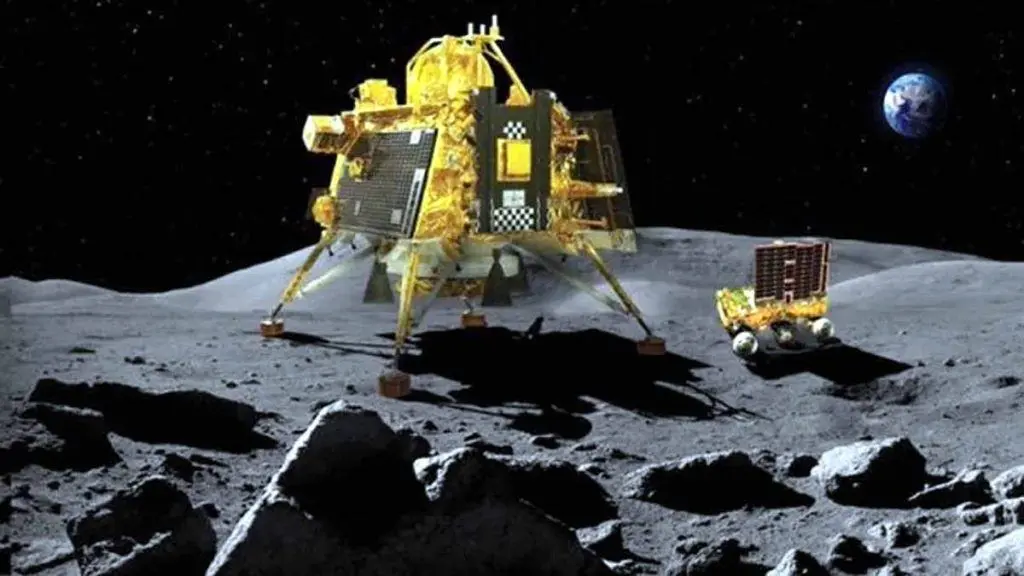According to the Indian Space Research Organization, two historic robots remain fast asleep near the moon’s south pole. In August, India’s Chandrayaan-3 moon lander and its adorable companion lunar rover were landed on the moon in a historic first.
Vikram lander and Pragyan rover are powered by solar power. They need sunlight to recharge their batteries and operate their scientific instruments.
During the early hours of September, as night fell, their batteries were drained. The next sunrise took place on September 22. ISRO hoped that the solar panels would recharge and reawaken the spacecraft.The message from mission control has not been responded to.
Earlier this month, mission operations director M. Srikanth told The Times of India the team was confident the lander and rover would wake up after sunrise. “If that does not happen, the mission is still complete,” he added.
Despite Srikanth’s optimism, it was always a long shot that the two robots would survive the moon’s elements. NASA reports that nighttime temperatures on the moon can dip to -334 degrees Fahrenheit. According to The New York Times, the lander and rover weren’t designed to survive such cold.
Even if ISRO’s lunar lander and rover don’t wake up, they’ve already explored the lunar south pole region for 14 days after landing.
It was in those two weeks that the two robots made some important scientific discoveries. The moon rover confirmed the presence of sulfur at the lunar south pole, for example.
In addition, preliminary analyses indicated the presence of aluminum, calcium, iron, chromium, titanium, and a possible moonquake.
After the US, Russia, and China, India is the fourth country to land on the moon, and the first to land near the lunar south pole.
There is an interest in the lunar south pole region because it contains water ice, which can eventually be mined and broken down into oxygen, hydrogen, and oxygen for rocket fuel.
Researchers and companies who want to build bases on the moon have been watching India’s lunar lander and rover closely.
Also Read:
